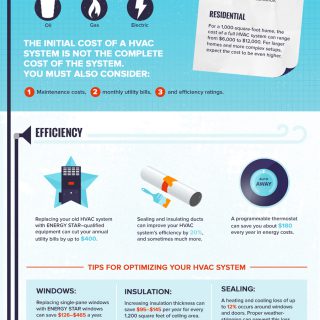Diagnosing And Solving Heating And Cooling Problems In Your Home
Diagnosing And Solving Heating And Cooling Problems In Your Home
Blog Article
Article Written By-MacDonald Outzen
Visualize getting back on a scorching summer day, just to locate that your air conditioning is not functioning. Irritating, appropriate? Don't fret, you can fix usual a/c problems in your home.
This post will direct you with the procedure of recognizing and dealing with airflow problems, as well as fixing temperature level control issues.
So, grab your devices and get ready to become your own heating and cooling hero.
Comprehending Cooling And Heating System Essential
To understand the a/c system basics, you should recognize just how it operates and what parts comprise the system.
The HVAC system, which represents Heating, Ventilation, and Cooling, is responsible for maintaining a comfy interior setting. It functions by controlling the temperature, humidity, and air quality in your home.
The main elements of a cooling and heating system consist of the heater or heat pump, ac unit, ductwork, thermostat, and air filters. The furnace or heatpump is accountable for heating up the air, while the a/c cools it down.
The ductwork disperses the conditioned air throughout your home, and the thermostat allows you to control the temperature. Finally, the air filters aid to eliminate dust, pollen, and other particles from the air.
Understanding these fundamental parts will assist you troubleshoot typical cooling and heating issues and guarantee your system runs effectively.
Identifying and Dealing With Air Movement Issues
To fix air movement concerns in your home, you ought to start by looking for stopped up air filters and blocked vents. Clogged air filters can limit the circulation of air, triggering your a/c system to function tougher and much less properly. It is very important to on a regular basis tidy or replace your air filters to guarantee proper air movement.
In addition, obstructed vents can additionally restrain airflow throughout your home. Make sure that all vents are free from any blockages such as furniture, drapes, or particles. If linked web-site observe any vents that are closed or partly closed, open them as much as permit better airflow.
Another usual concern that can influence air flow is leaky duct. Check https://norfolkdailynews.com/select/state-budget-includes-plan-for-26-million-in-deferred-maintenance-at-wayne-state/article_e84665a2-af6d-11eb-ad0e-47c207dd7ee8.html for any type of leaks or voids and secure them correctly to enhance air flow and power performance.
Fixing Temperature Level Control Issues
If you're experiencing temperature control issues in your house, check both the thermostat and the a/c system for any issues.
Start by checking the thermostat setups to ensure they're set properly. In some cases, the temperature level might be set expensive or also reduced, triggering the heating and cooling system to not function correctly. If the setups are appropriate, examine the thermostat for any type of physical damage or loosened links.
Next off, check the cooling and heating system for any type of noticeable issues. Search for leakages, clogged up filters, or obstructed vents that could be influencing the temperature control. Additionally, make certain the system is obtaining power and the circuit breaker isn't stumbled.
If you're incapable to identify or take care of the problem, it's best to contact a professional a/c service technician for more help.
Final thought
So, there you have it! By comprehending the basics of your cooling and heating system and fixing typical troubles like airflow concerns and temperature control issues, you can keep your home comfortable all year round.
For instance, let's say you see that some rooms in your house are constantly warmer than others. By checking for obstructed vents or readjusting the dampers, you can ensure that the air movement is balanced and every area is at the desired temperature level.
